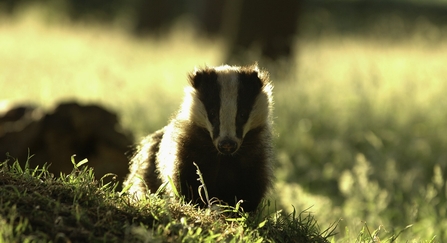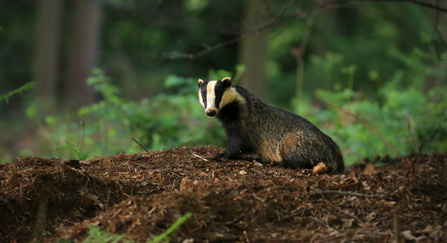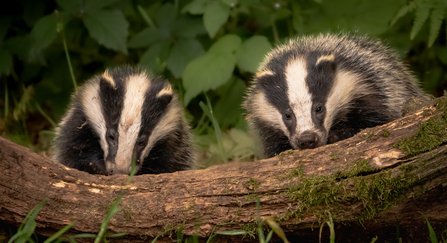October 2024
The future of badgers in England remains uncertain due to ongoing controversies and challenges around the management of bovine tuberculosis (bTB).
Badgers are protected under law, yet they are caught up in a struggle that pits their conservation against economic pressures on the farming community.
This much-loved species is famed for its black and white stripes and sturdy body, using its strong front paws to dig for food and perfect its hobbit-like burrows.
The European badger has lived in Britain for over 250,000 years. This means that once upon a time they lived here with wolves, brown bears and arctic foxes! The estimated UK population size is between 250,000 and 400,000 and the UK has roughly a quarter of the global population.
Sadly, they are still under threat of being killed with the misguided and flawed attempts to control bovine tuberculosis (bTB)




